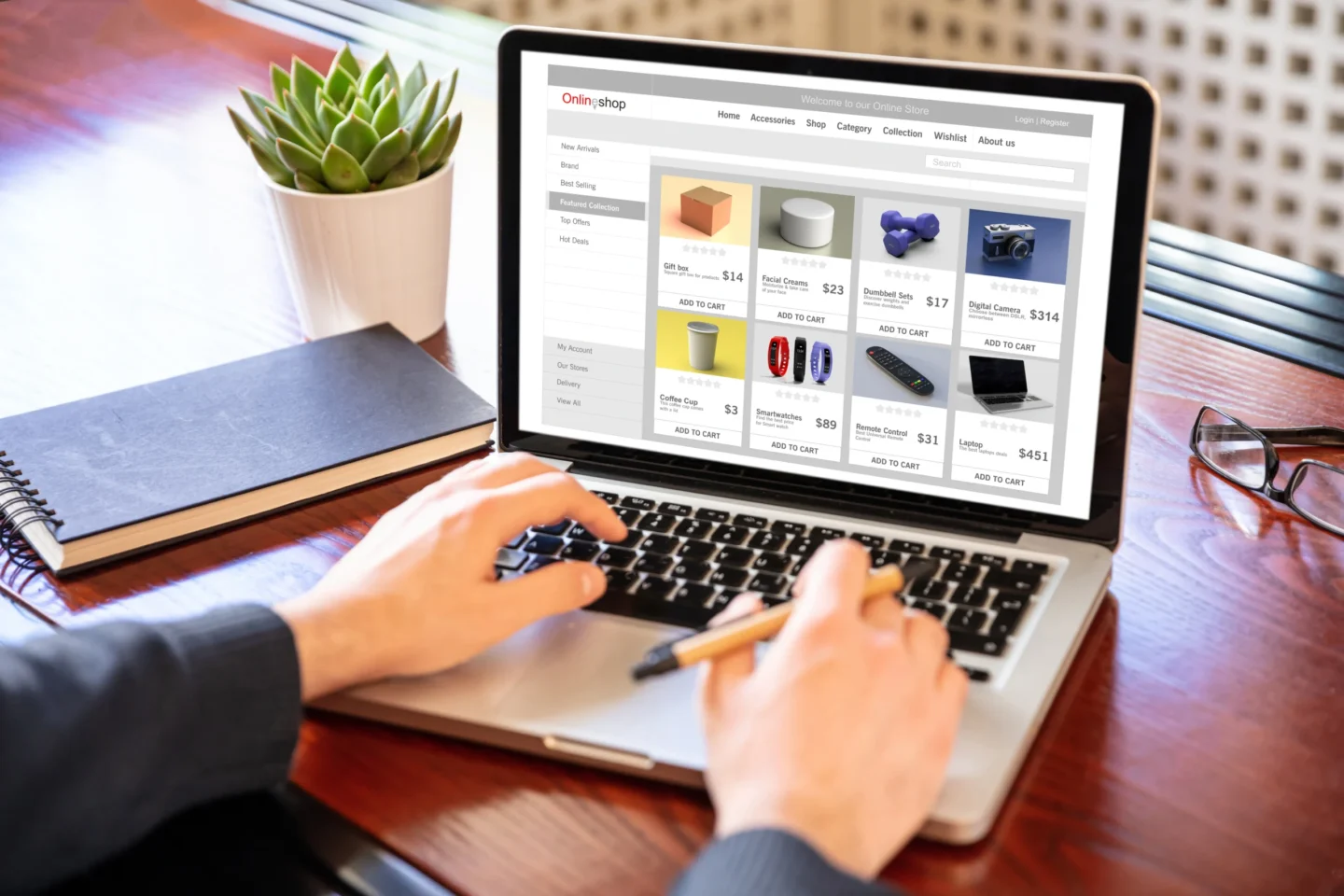A common mindset that we see amongst small business owners who focus on marketing and selling is “I’ll invest in building a brand once I’m up and running”. This mindset doesn’t allow business owners to see that their company is both a business and also a brand. While you may think that you are saving time at the moment, ignoring creating a brand identity can cause you more headaches down the road. IF you choose to ignore your business’s branding then your messages may be getting through to your audience but may produce undesired results. While not an immediate issue, the impact from this method will get you more questions than sales, and customers who may not understand your brand, so they purchase from competitors.

In order for your small business to compete, you must create a connection with your audience through engagement, marketing, and messaging. Your brand is one of the most valuable assets to your business, and when done right can bring amazing benefits. We will walk you through some tips on how to create a brand identity for your local small business.
Brand Identity 101
Your business’s brand identity is more than just a logo or a name. A brand identity is the culmination of how your brand feels, looks, and speaks to clients. It influences the customer experience and affects how others view your business. With all of this in mind, your small business’s brand identity will not reveal itself to your overnight. It takes research, time, and deep thinking, and once accomplished, will bring great results.
Research is Key to Brand Identity
You cannot create a brand that resonates with your customers if you don’t research who your customer base is. First, take the time to truly understand and learn about your primary and secondary audiences. Develop archetypes that define their interests, hobbies, and values.
Once you have this deeper understanding of your customer base, move on to competitive research. Look at how other companies in your industry position themselves in terms of personalities, themes, and visual elements.
Finally, don’t forget to interview the people closest to your business, your employees. They have an important point of view on how the company should be portrayed. They also can help you with what has and what has not worked with your brand in the past.
Create Assets
Once you finish doing research, you can begin the fun part. You get to translate all of what you learned into a visual asset. Here is a list of common assets brands use.
- Logo
- Color Scheme
- Typography
- Iconography
- Photography and Other Graphics
Refine Your Current Brand’s Identity
Your brand’s identity may change over time, and that is totally acceptable. Once you have created your initial brand identity, start refining it based on feedback from your customers. Try testing out new strategies and methods to see what works best. Always make sure to ask customers who are loyal to your business for their feedback. This not only creates a closer connection with them but also helps you learn what really works and what doesn’t.

These are just some of the many different methods that you can use to help your small business brand become more recognizable, which will benefit you in the long run. If you have any questions about brand identity or digital marketing, give us at Hometown Marketing Group a call today!




